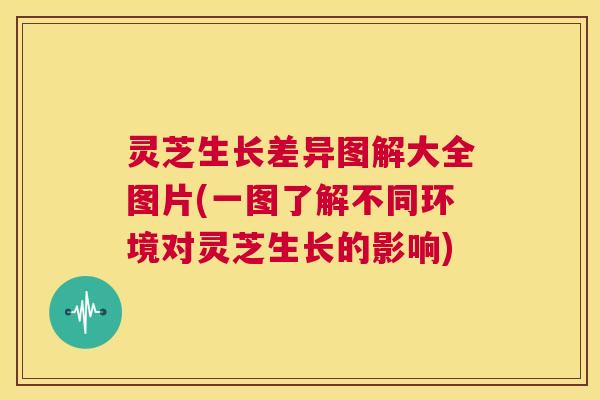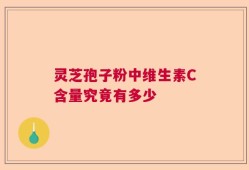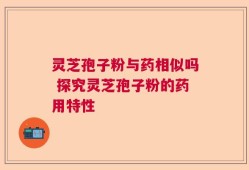Introduction
As a highly valued medicinal mushroom in traditional Chinese medicine, Lingzhi has been used for thousands of years to boost the immune system, improve liver function, and enhance overall health. However, the growth of Lingzhi is heavily influenced by environmental conditions such as temperature, humidity, and nutrient availability, which can significantly affect its quality and quantity. In this article, we will explore the various factors that can impact the growth of Lingzhi and provide a comprehensive guide on how to cultivate high-quality Lingzhi under different environmental conditions.
Temperature
Temperature is one of the most critical factors that affect Lingzhi growth. The optimal temperature for Lingzhi cultivation is between 20°C to 28°C. If the temperature is too low, the growth rate will be slow, and the mushroom will be small and light in color. In contrast, if the temperature is too high, the mushroom will grow rapidly but become thin and brittle.
It is essential to maintain a stable and consistent temperature during the cultivation process. You can use an incubator or a temperature-controlled room to ensure the temperature remains within the optimal range.
Humidity
Humidity is another crucial factor that affects Lingzhi growth. The ideal humidity for Lingzhi cultivation is between 80% to 95%. If the humidity is too low, the mushroom will dry out and become tough, while high humidity can lead to bacterial or fungal growth.
The best way to maintain humidity is to spray water onto the substrate regularly or use a humidifier to control the moisture level. It is essential to maintain consistent humidity levels throughout the cultivation process.
Light
In general, Lingzhi prefers moderate to low light conditions. Direct sunlight can cause the mushroom to dry out and turn yellow. On the other hand, insufficient light can hinder growth, leading to weak and thin mushroom production.
It is best to expose Lingzhi to indirect light or use a low-intensity light source to provide adequate light for growth. LED grow lights are an excellent option for indoor cultivation.
Airflow
Proper airflow is vital for Lingzhi cultivation. Good airflow can help to maintain optimal humidity, prevent bacterial and fungal growth, and promote healthy mushroom production. Insufficient airflow can lead to moisture build-up, which can cause fungal infection and stunted growth.

You can use a fan or ventilation system to maintain a continuous flow of fresh air during the cultivation process. It is essential to avoid stagnant air to prevent the breeding of molds and other harmful microorganisms.
Substrate
The substrate is the material that provides nutrients for Lingzhi growth. The most common substrates for Lingzhi cultivation are wood chips, sawdust, and straw. Different substrates have different nutrient compositions and require different cultivation techniques.
For example, sawdust requires sterilization before use to prevent bacterial and fungal contamination, while straw can be pasteurized at lower temperatures. It is also essential to choose a substrate that is free of harmful additives or chemicals.
Conclusion
Lingzhi is a valuable medicinal mushroom that requires specific environmental conditions to grow. By understanding and controlling factors such as temperature, humidity, light, airflow, and substrate, you can cultivate high-quality Lingzhi with optimal growth and beneficial health effects. With careful attention to these factors, you can create a consistent environment for Lingzhi cultivation and experience the benefits of this ancient traditional medicine.
在购买灵芝孢子粉的时候,相信不少人花费了很多心思进行对比、选择,毕竟市面上有许多灵芝孢子粉品牌,让人看得眼花缭乱、不过,要说什么样的灵芝孢子粉好,灵芝三萜含量倒是可以作为一个选购标准。毕竟灵芝三萜是灵芝孢子粉的核心成分,含量越高服用效果就越好。比如这款芝素堂灵芝孢子粉,它其中的灵芝三萜含量就是业内非常高的,服用效果也十分不错,回头客有很多。







